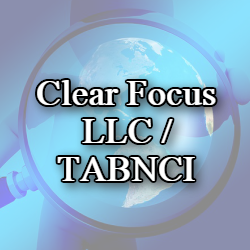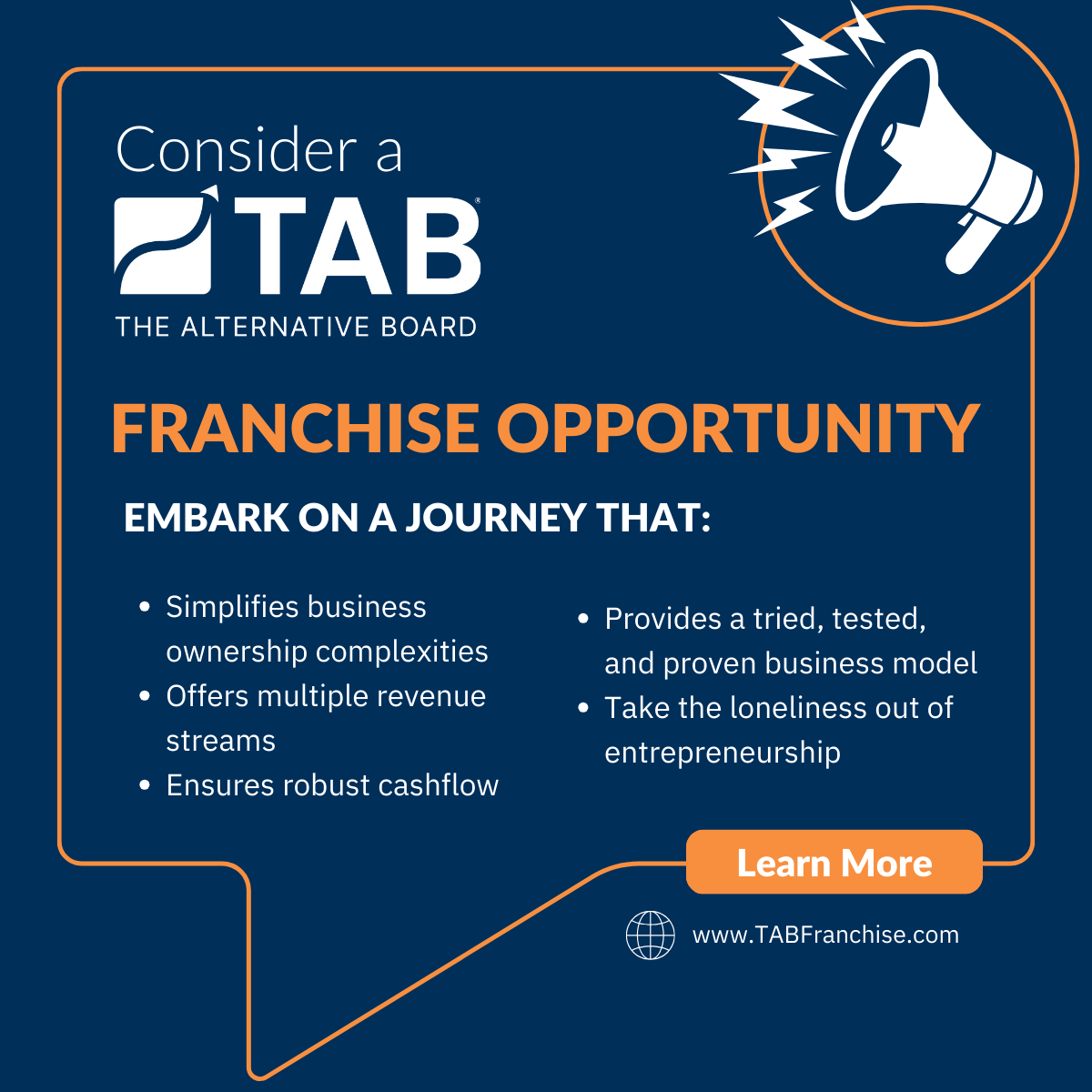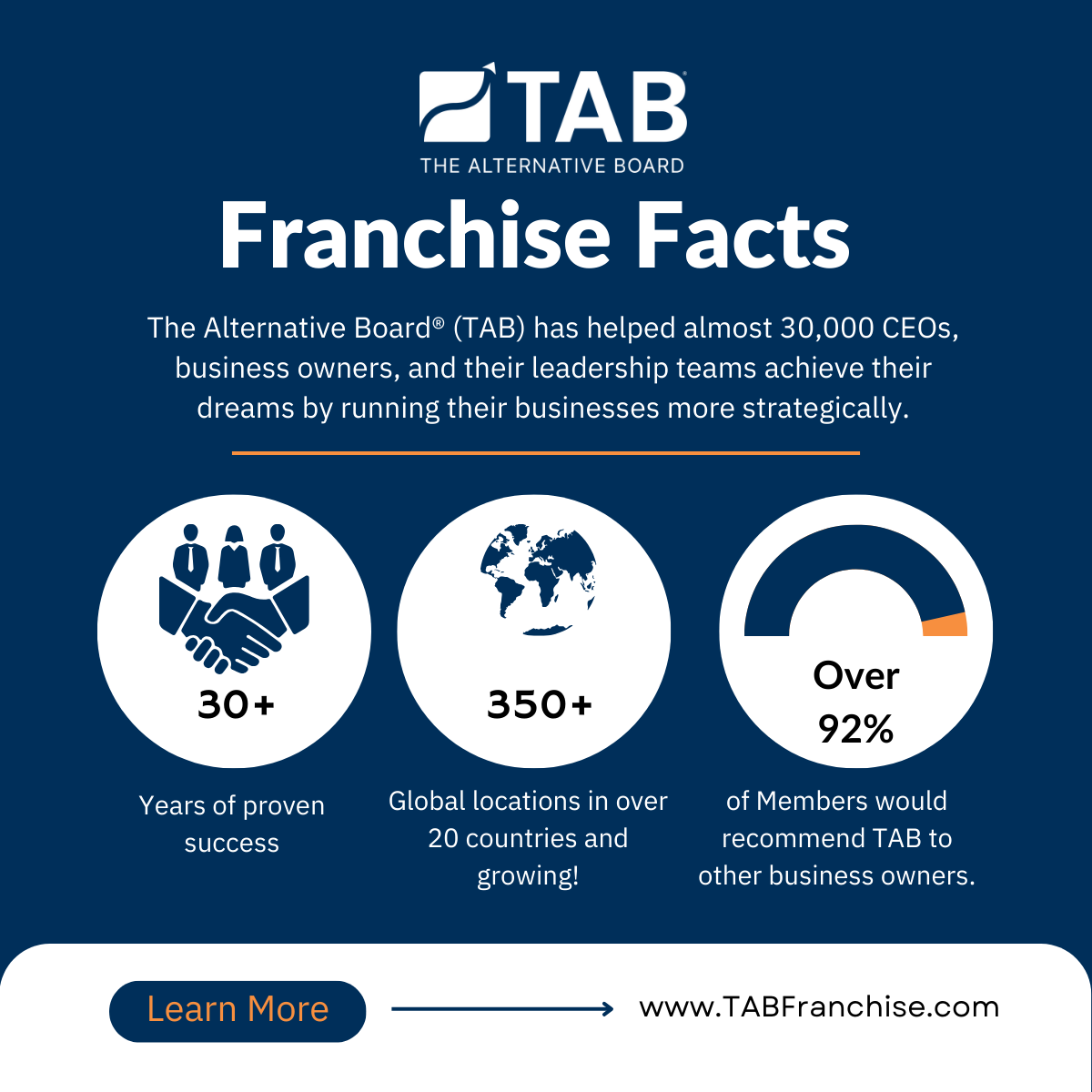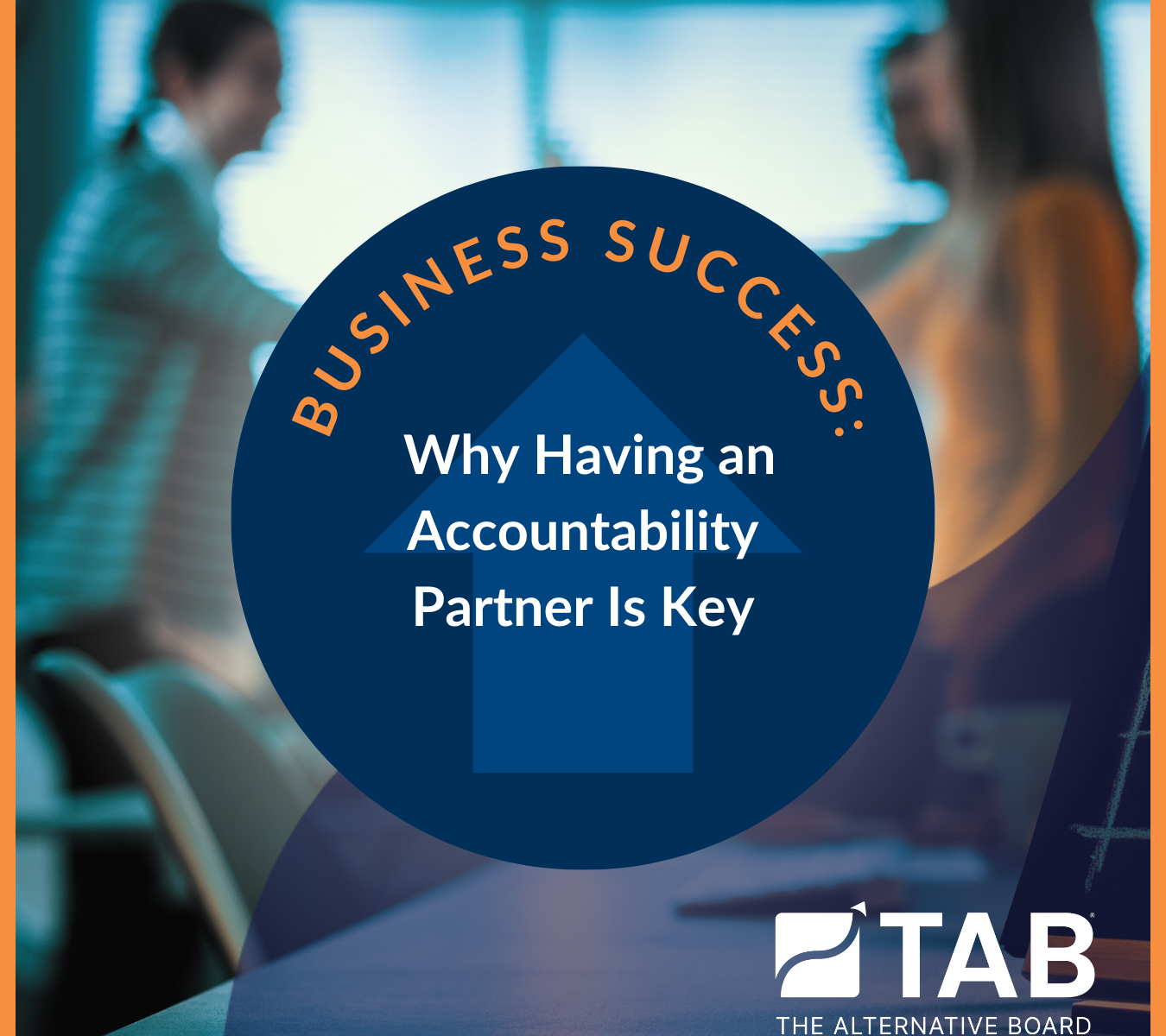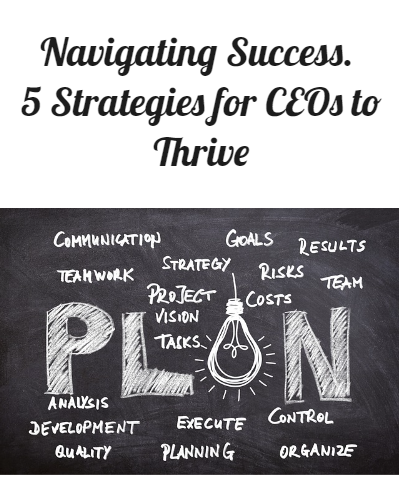As business owners, nearly every aspect of running and growing our organizations is dependent upon building strong relationships. We create a team, we work with suppliers, and we develop our customer base. We nurture those connections that are meaningful impactful and hopefully healthy. Ideally, we also foster a culture in which others are inclined to connect and collaborate as well. And while the term may sometimes feel like a catchphrase or buzzword, a connection is an extraordinarily powerful motivator for your business, your team, and everyone you touch.
As we hustle through our daily lives and perpetual journeys as active business owners, it is easy to become shortsighted on the value of connection. It is also common, particularly when stressed over time or workload, that we isolate ourselves under the pretense that we are too busy to interact in a meaningful way with the people around us. Entrepreneur isolation is a very real, very harmful dynamic. In a study by Julie Deane, CEO of Cambridge Satchel Company, she reported that business owners claim isolation is one of the biggest challenges they face, with nearly 30 percent responding it was either “a big problem” or “something of a problem.”
The case for connection is irrefutable. Fostering authentic connections with customers, employees, and other key stakeholders unleashes some pretty wonderful, intangible business assets like trust, loyalty, collaboration, productivity, and innovation.
Connection to Customers
By nurturing meaningful relationships with customers, business owners can increase brand loyalty, which reaps so many rewards including increased revenue, decreased advertising costs, and better word-of-mouth marketing, to name a few.
There are actions you can take to improve your connection with your customers. Work on your active listening skills and be as transparent as possible when communicating with them, whether it be in person, by phone, or in marketing pieces. Ask your customers their opinions and preferences on your goods and services. Be accessible and visible them as many as possible.
Connection to Suppliers
With the continued challenges in the supply chain, it is in your best interest as a business owner to build a strong, diverse network of vendors. But just because you have purchasing options, doesn’t mean you don’t need to nurture those relationships. Be open with your suppliers regarding the unique needs of your business. Treat your suppliers with fairness and respect. And while cost per unit is always important, look beyond pricing when it comes to the value of your vendors. It is hard to put a dollar amount on a supplier who is attentive and engaged, and who you know is looking out for your best interests.
Connection Within the Team:
Fostering a culture of connection and collaboration can be a huge game-changer. Don’t just assume that because everyone on your team seems to get along your job as Chief Connection Officer is done. Consider implementing mentorship and leadership programs. Reward interdepartmental cooperation and employee collaboration. Build an environment in which your team feels validated, ideas are freely exchanged, and goals are collectively pursued.
Owner-to-Owner Connection
As the leader of your business, perhaps the most important and impactful relationships are those with other business leaders who can offer you support, guidance, and insights derived from their own experiences. Whether you’re facing challenges or seeking opportunities for growth, a group of your peers challenges you and emboldens you to do better and be better. These mastermind groups, also known as peer advisory boards, are invaluable for business owners in numerous ways. Peer board members support and elevate you by:
-
-
-
- Speaking honestly and openly in a confidential environment.
- Asking tough questions and challenging you to stay accountable.
- Pushing you to act on things you might normally put off.
- Encouraging you to outperform your goals.
- Offering diverse perspectives that you won’t get anywhere else.
- Connecting you with valuable resources.
Peer advisory boards offer a powerful platform for business owners to connect, collaborate, and grow, collectively enhancing the success and fulfillment of each of its members.
Remember, connection is the lifeblood of business success. As the leader of your organization, fostering a connection with your customers, team, suppliers, and fellow business owners doesn’t just feel good, it also propels you to greatness.
TAB Advisory Boards offer business owners a local, close-knit group of experienced peers from a range of non-competing industries. Together, you’ll share knowledge, expertise, and accountability — exactly the insight, feedback, and inspiration you need to take your business to the next level.
#tabboards #businesscoaching #accountability
We would love to hear your comments. Contact us today!
Gary Brunson
gary@myclearfocus.com
Debra Rider
debra@myclearfocus.com
574.361.2674
Sustainable Growth & Profit Consultant, Coach, Mentor, and Counselor/Therapist for Business Owners and Professionals.

